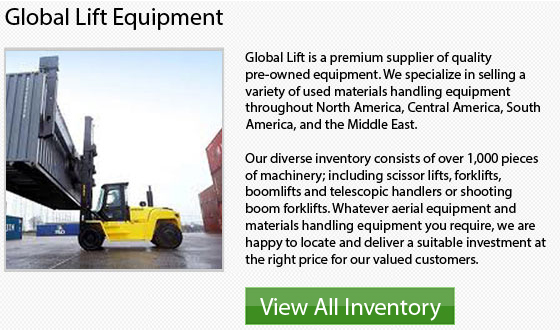
The number of choices that has to be made when choosing a brand new or used forklift could really be overwhelming, whether you are thinking of expanding your business fleet of lift trucks or if you are starting with your very first lift truck. There is such a wide array of choices such as electric models, internal combustion or IC engines or the newest hybrid lifts. Making time to review all your requirements and get what you would like out of your equipment so as to facilitate unloading and loading applications for your warehouse or dock is crucial.
Of course a large consideration as with the majority of big purchases is the upfront cost. Be sure to consider the long term cost associated with utilizing your forklift. For instance, bear in mind that your biggest cost in this particular category is going to be the fueling expenses associated with utilizing your lift truck.
Among the existing internal combustion lift trucks available on the market nowadays, the diesel unit tends to offer some of the cheapest operating and fuel costs. These forklifts can out-lift and out-power your typical electric forklift with no trouble.
Like all lift truck units, there are many advantages and disadvantages associated with diesel lift trucks. The following is a brief buying guide for diesel lift truck models in order to help you cut through the confusion and help determine the model best for all your needs. By knowing about the potential pitfalls, you would be ready to make a wise purchase.
More than likely the biggest advantage enjoyed with diesel forklifts is their low operating cost. Usually, diesel is the cheapest fuel alternative for internal combustion lifts. Though electric lifts are cheaper in the long run, they don't necessarily work the best outdoors.
On the other hand, while diesel lift trucks are great for outdoor applications, they can't be used properly indoors. The emissions from a diesel model could be really dangerous if not properly ventilated in an indoor warehouse. In addition, diesel forklifts are a lot louder than their emission-free electric counterparts.